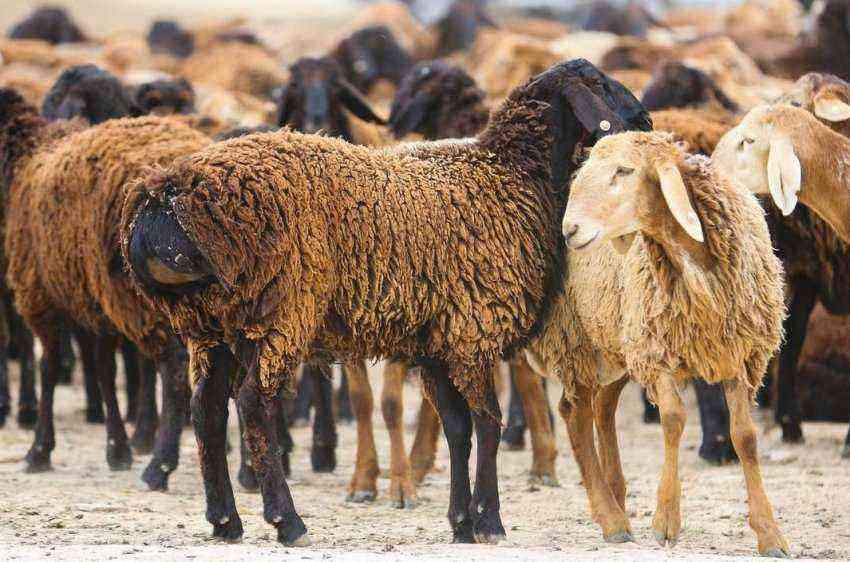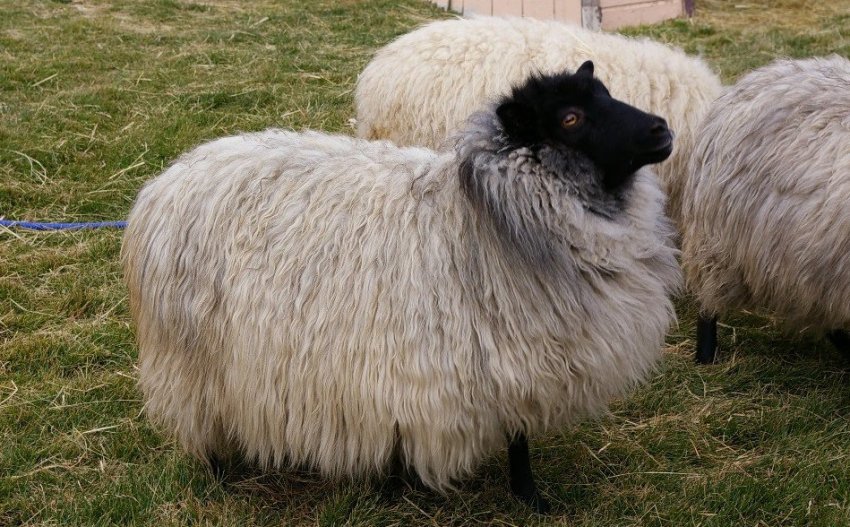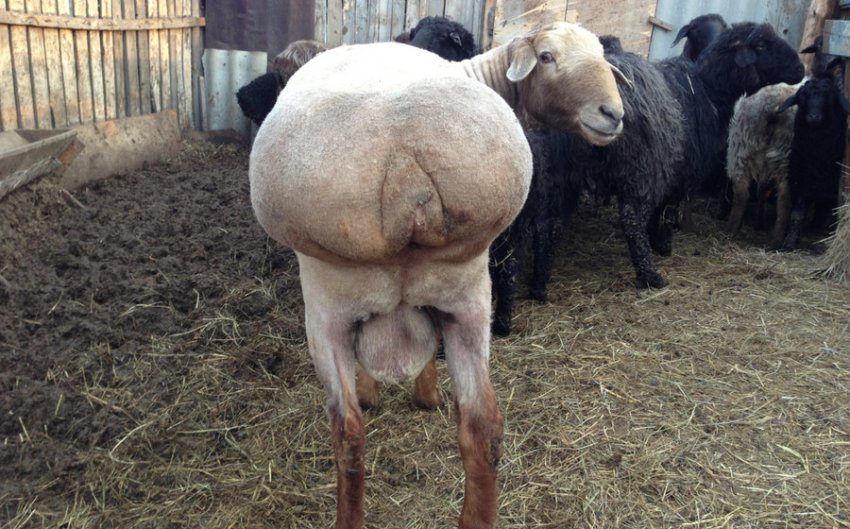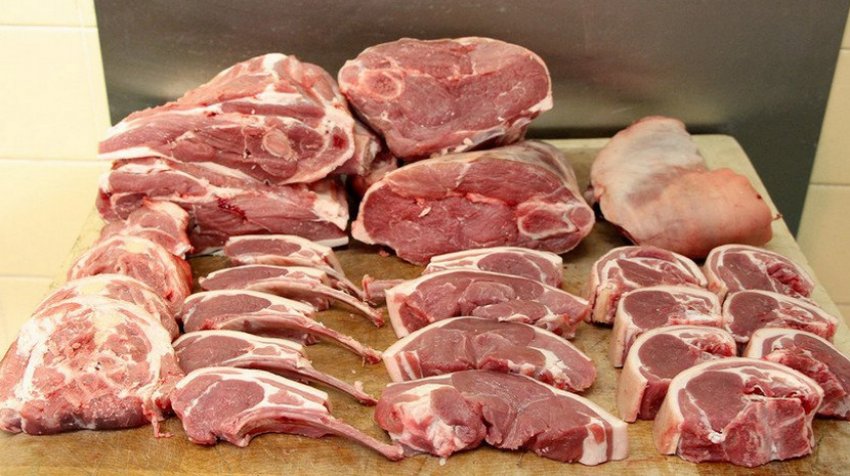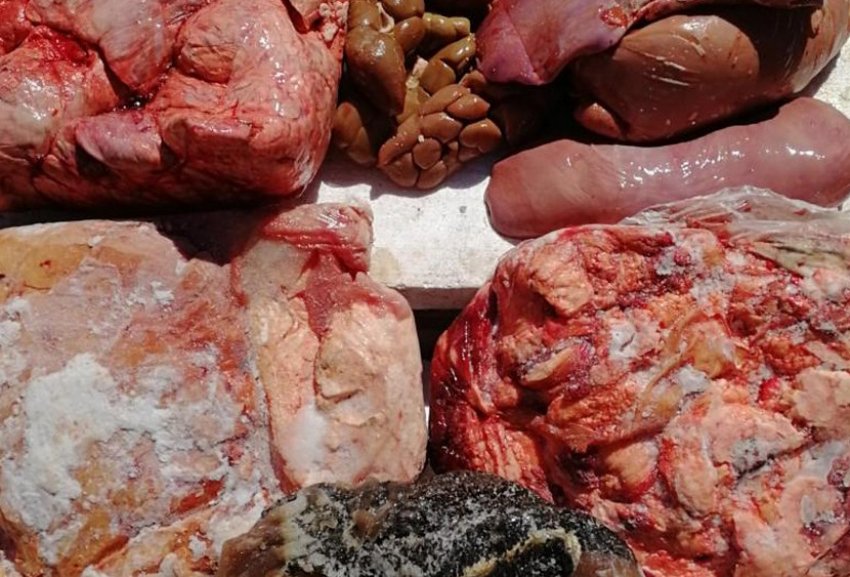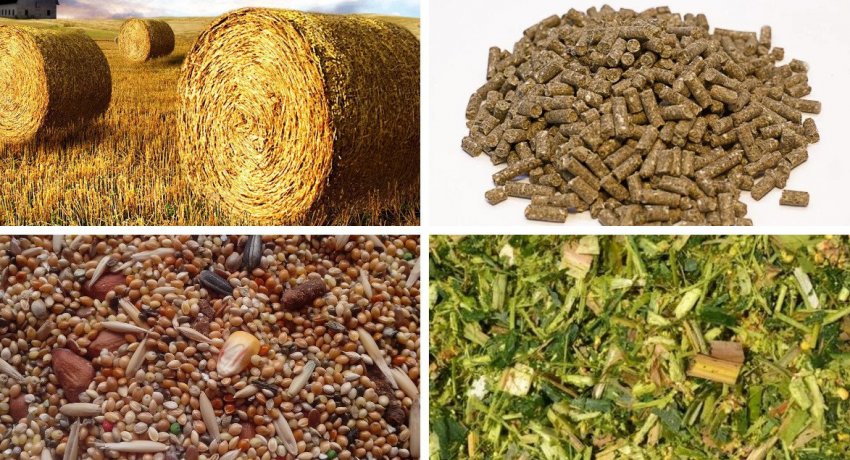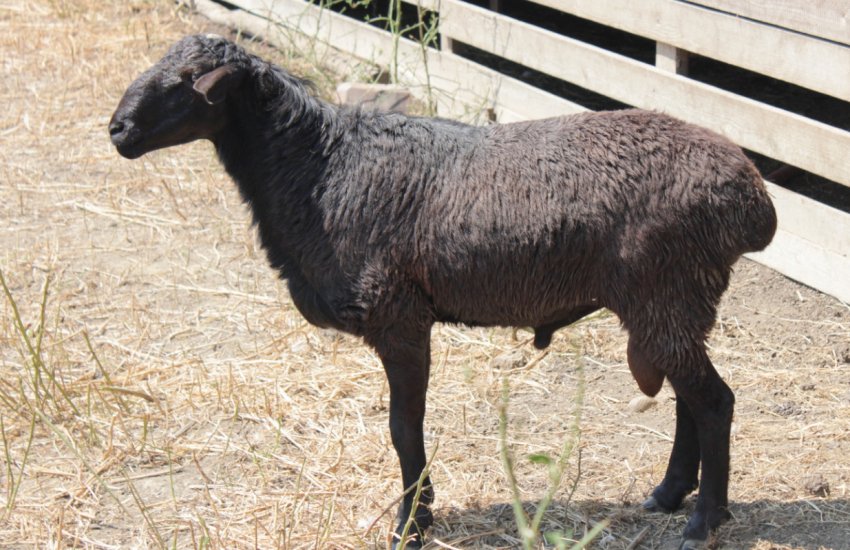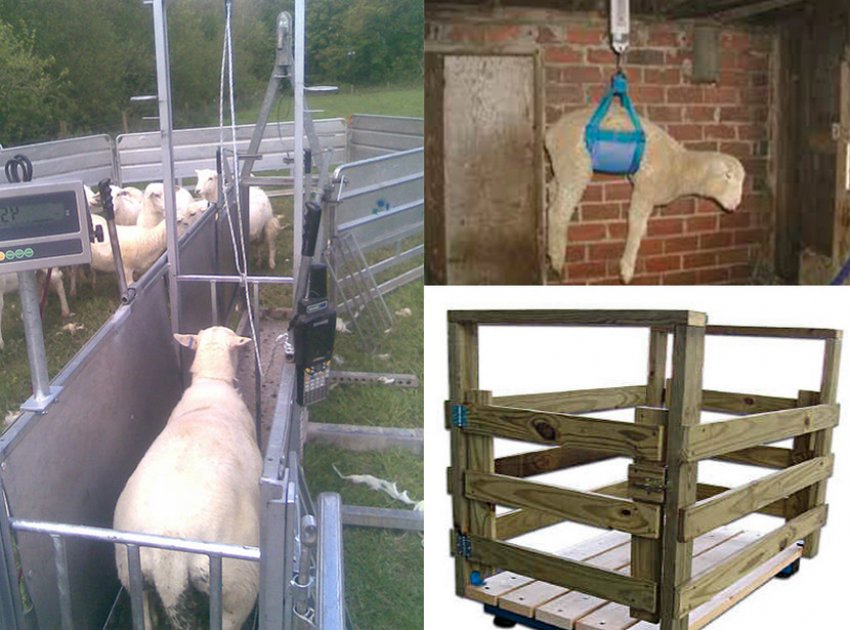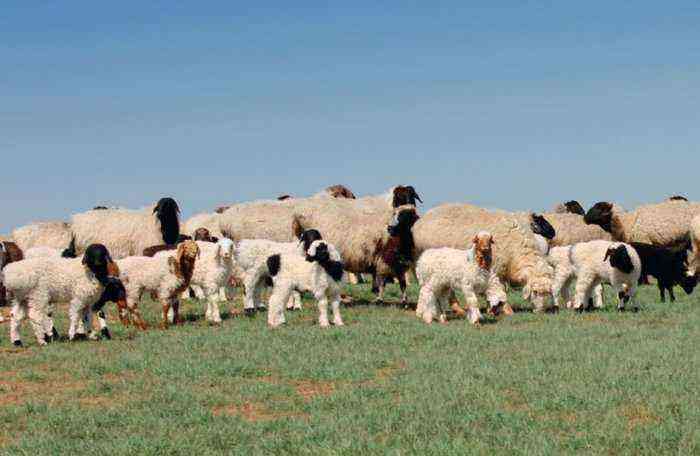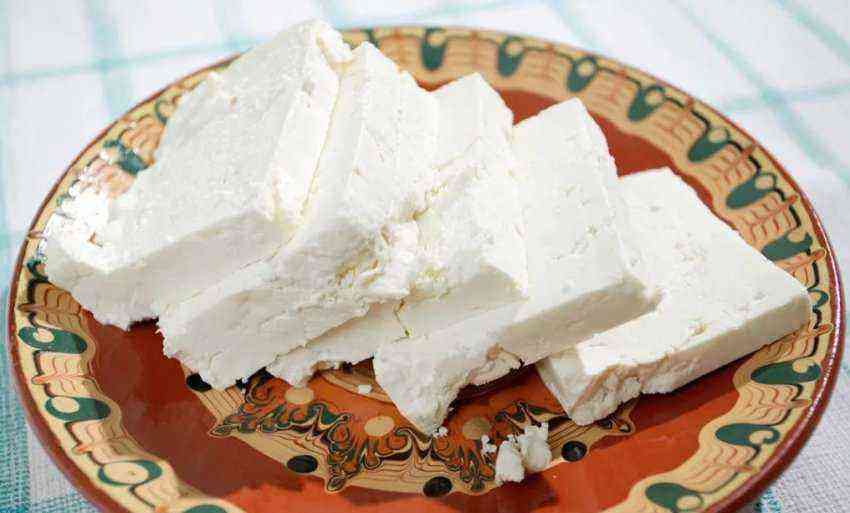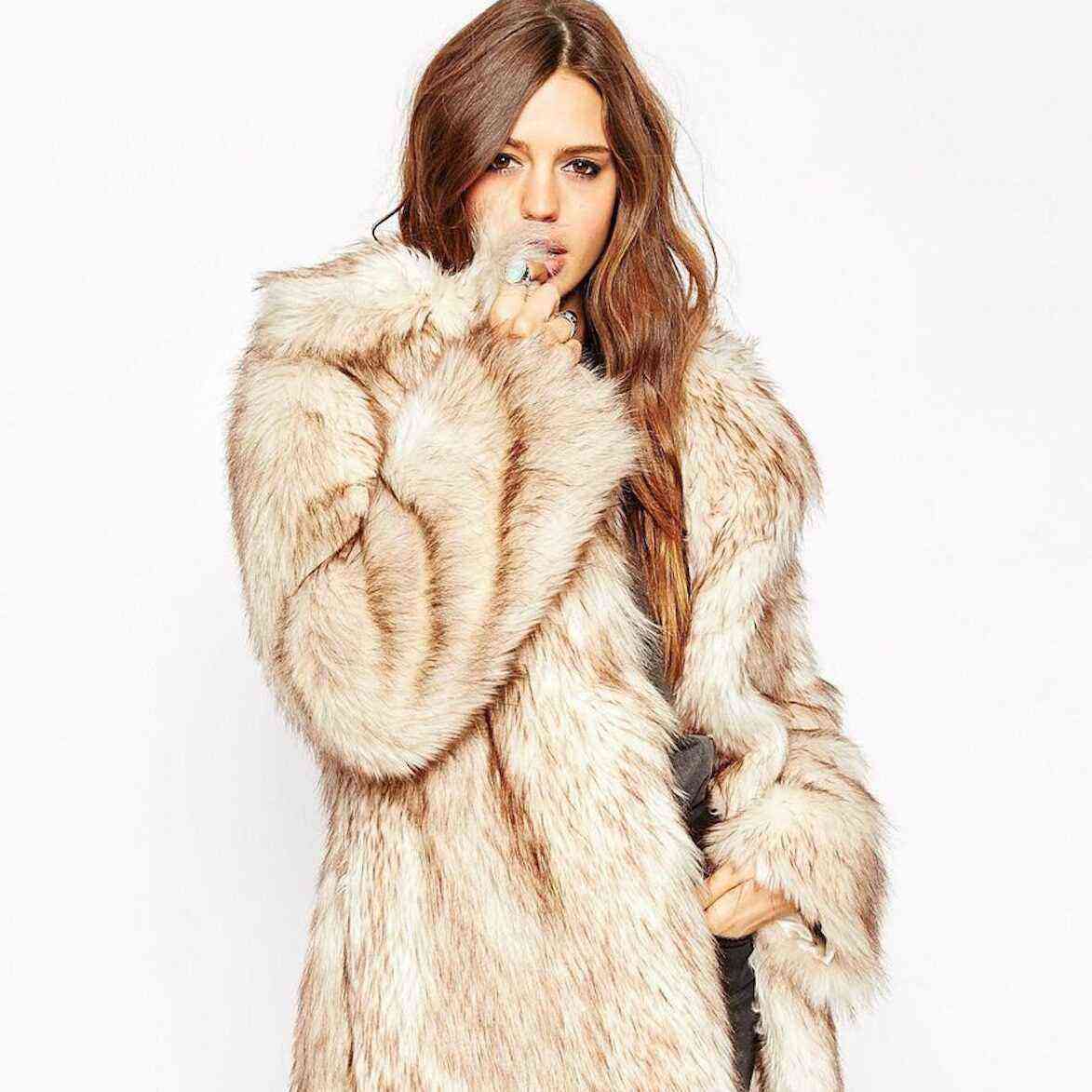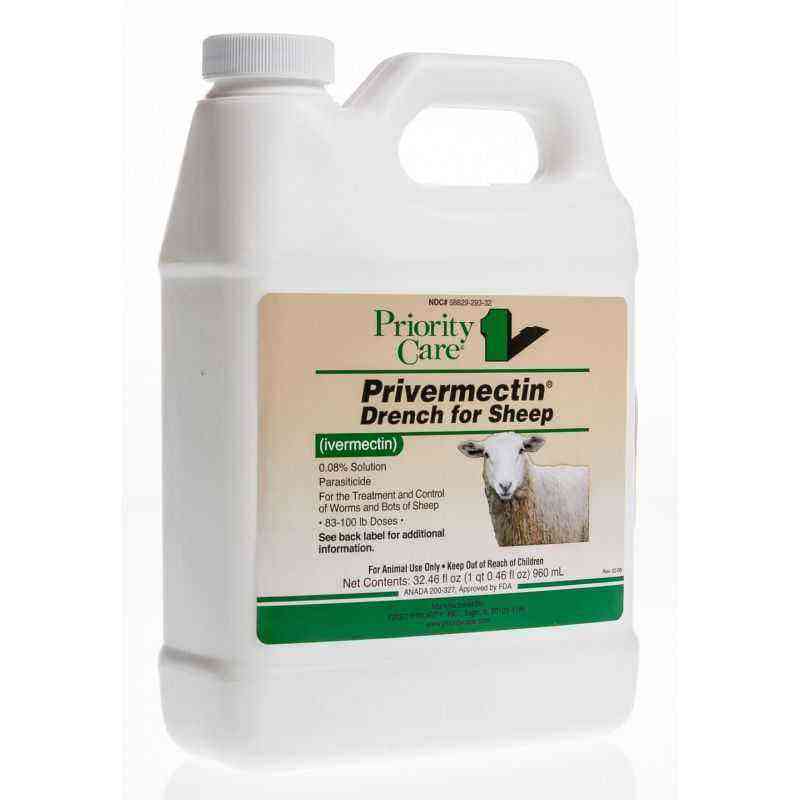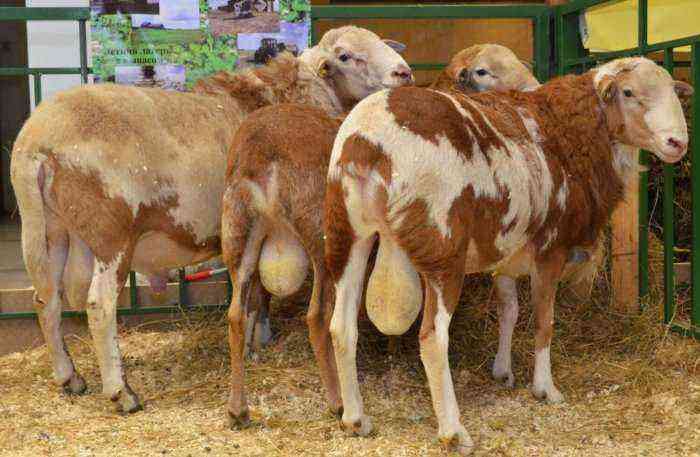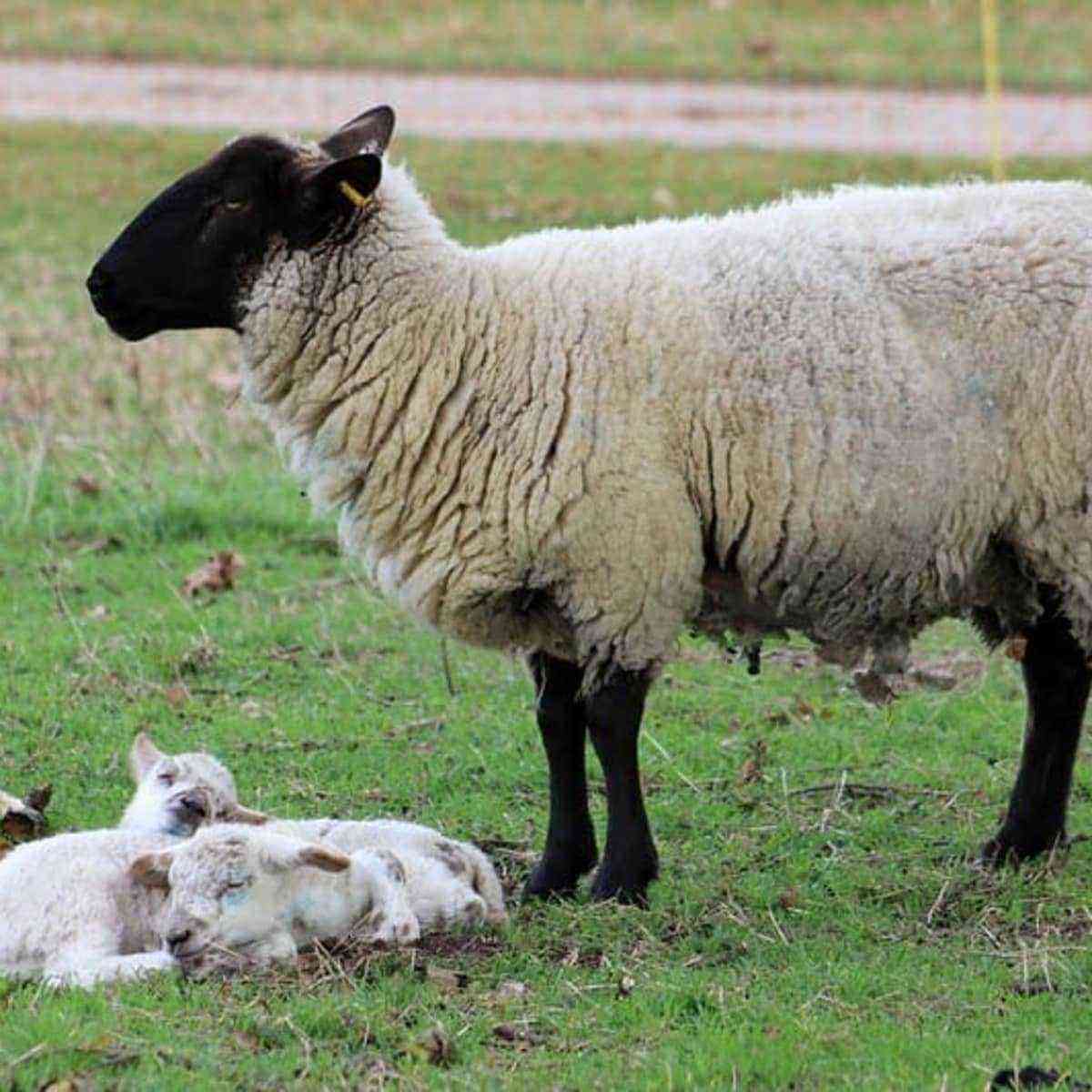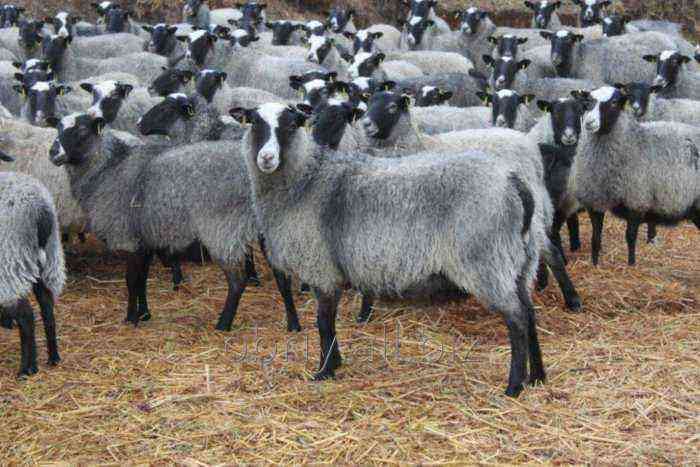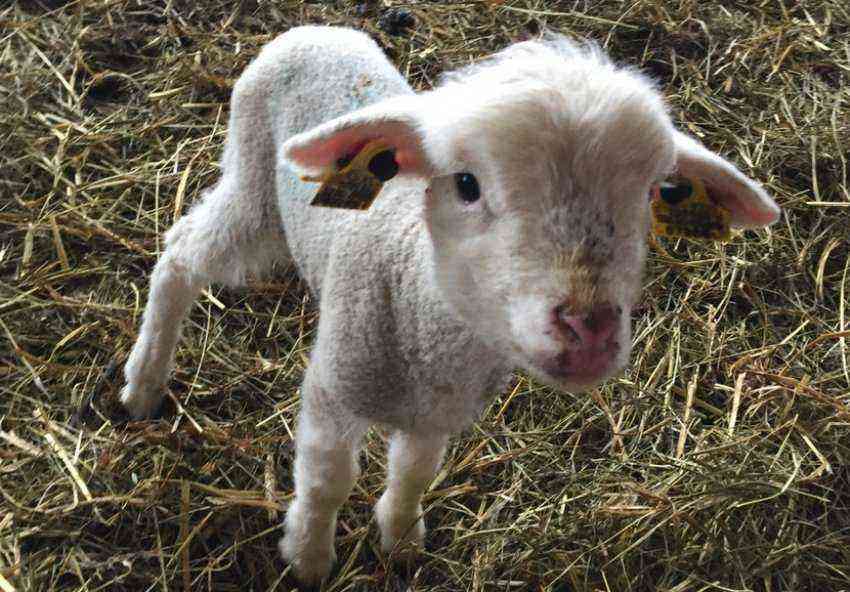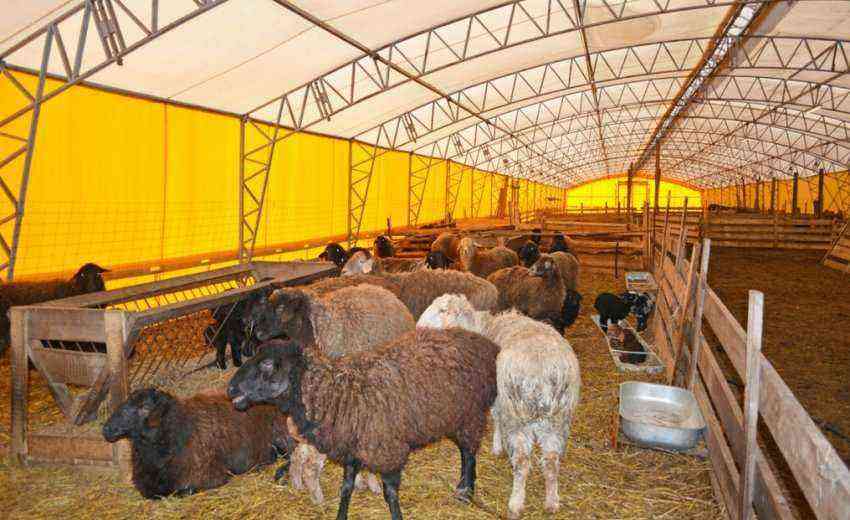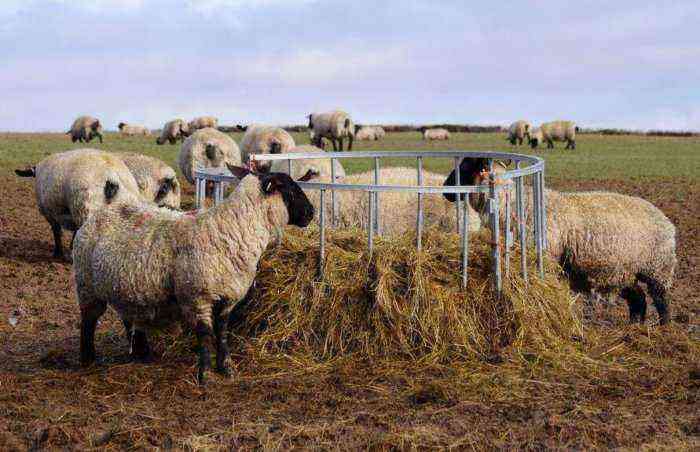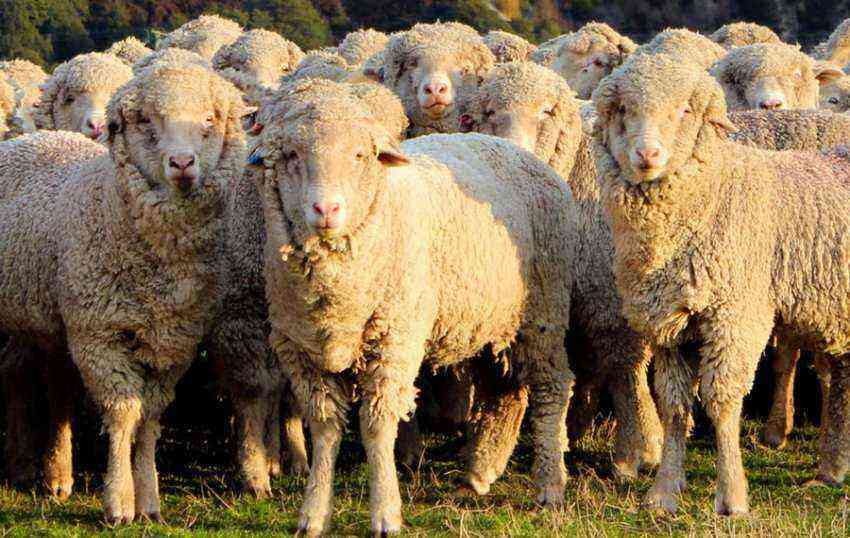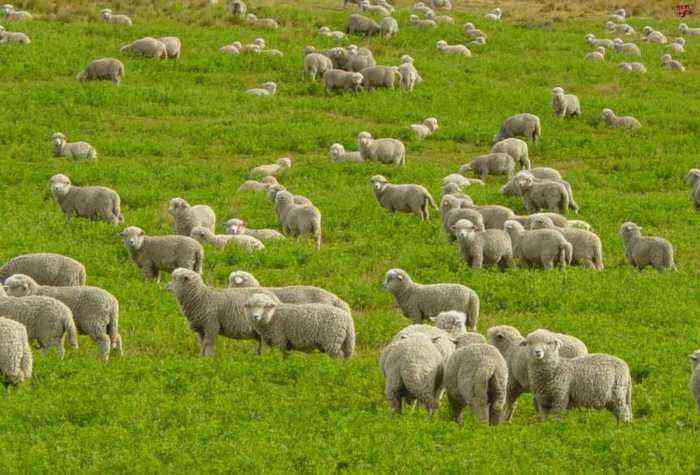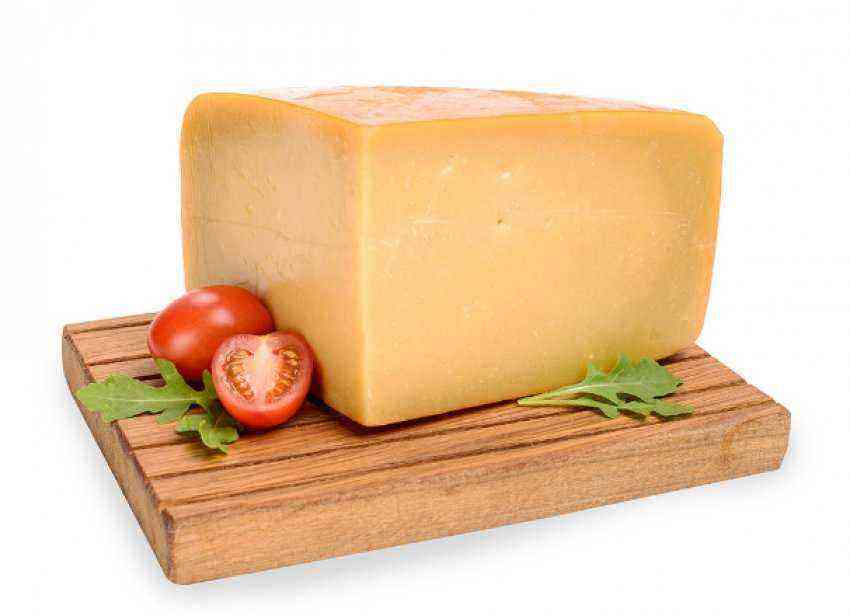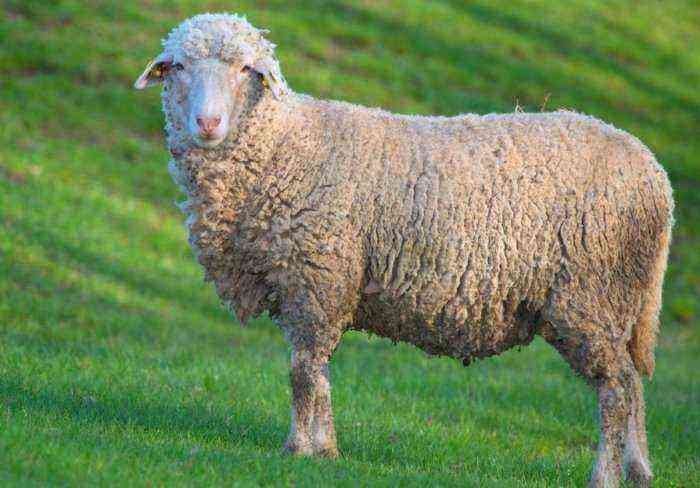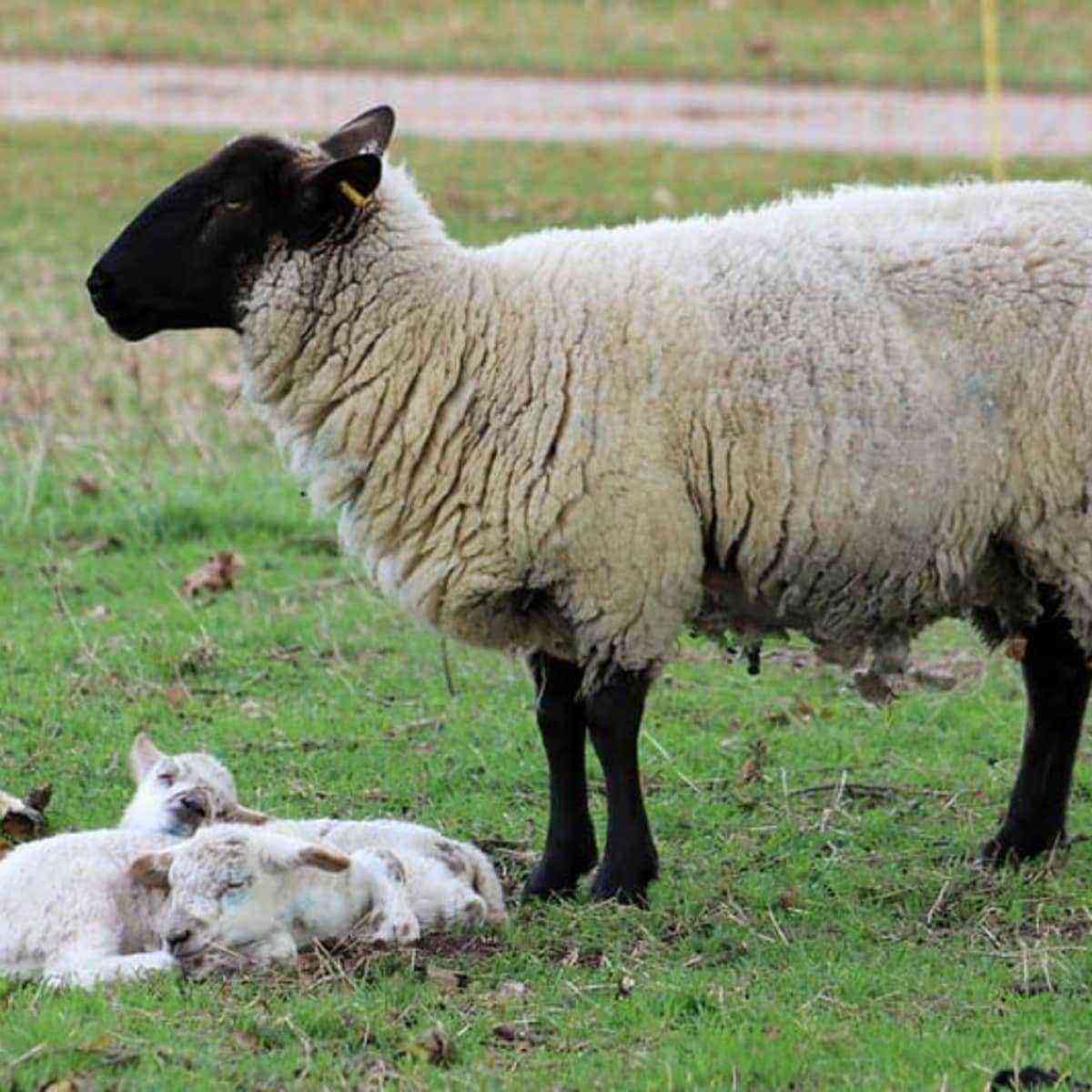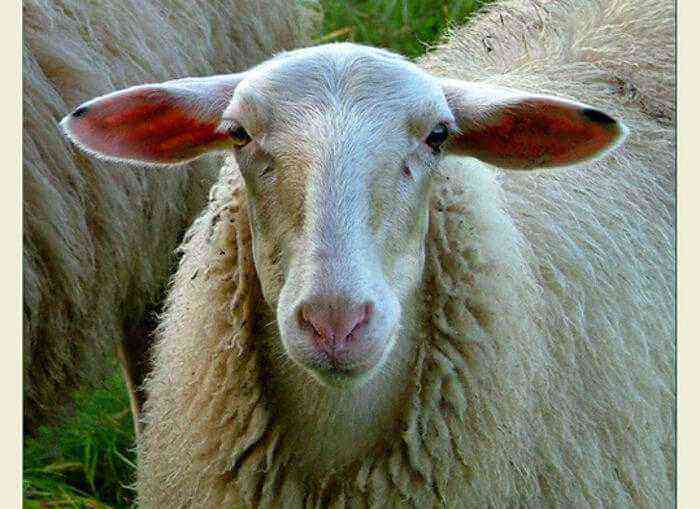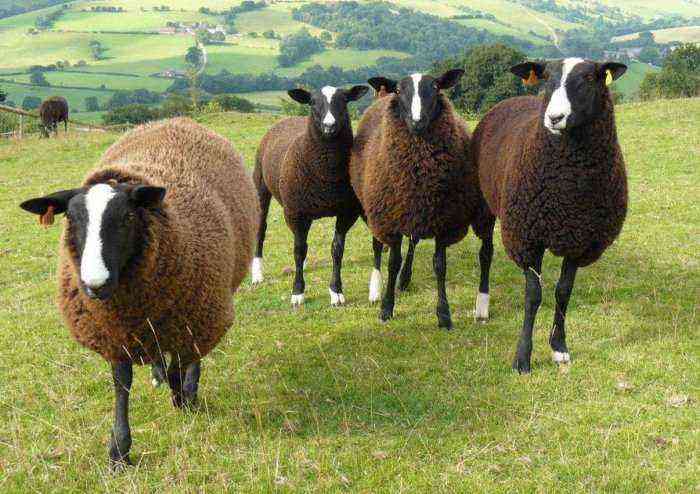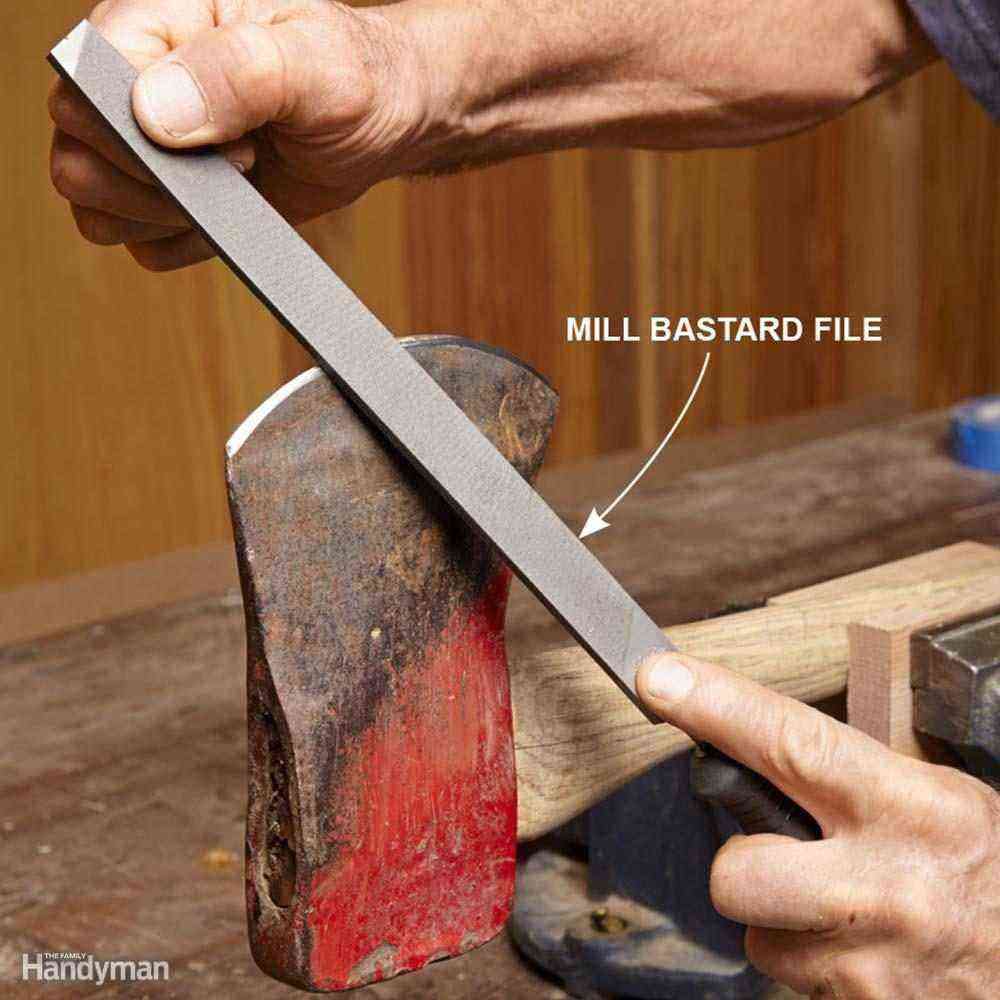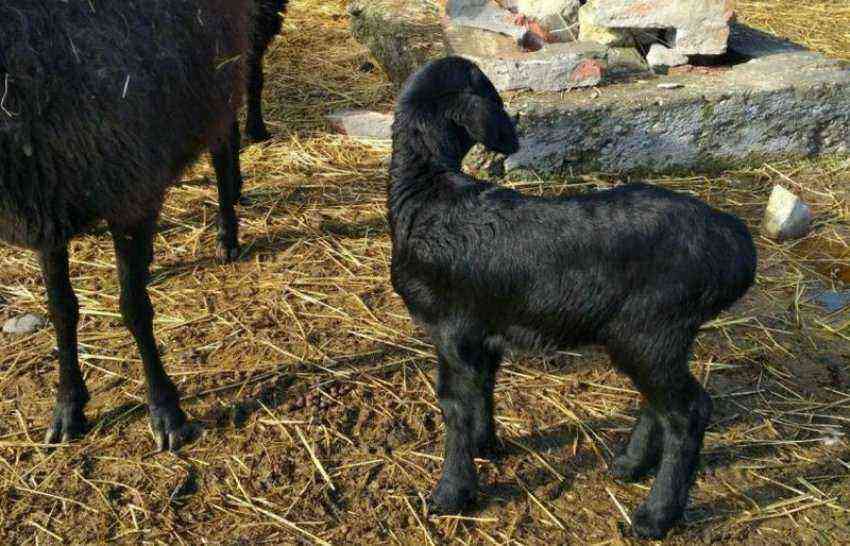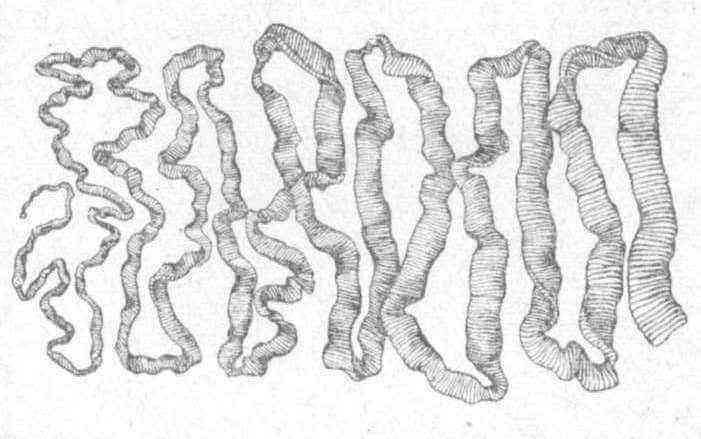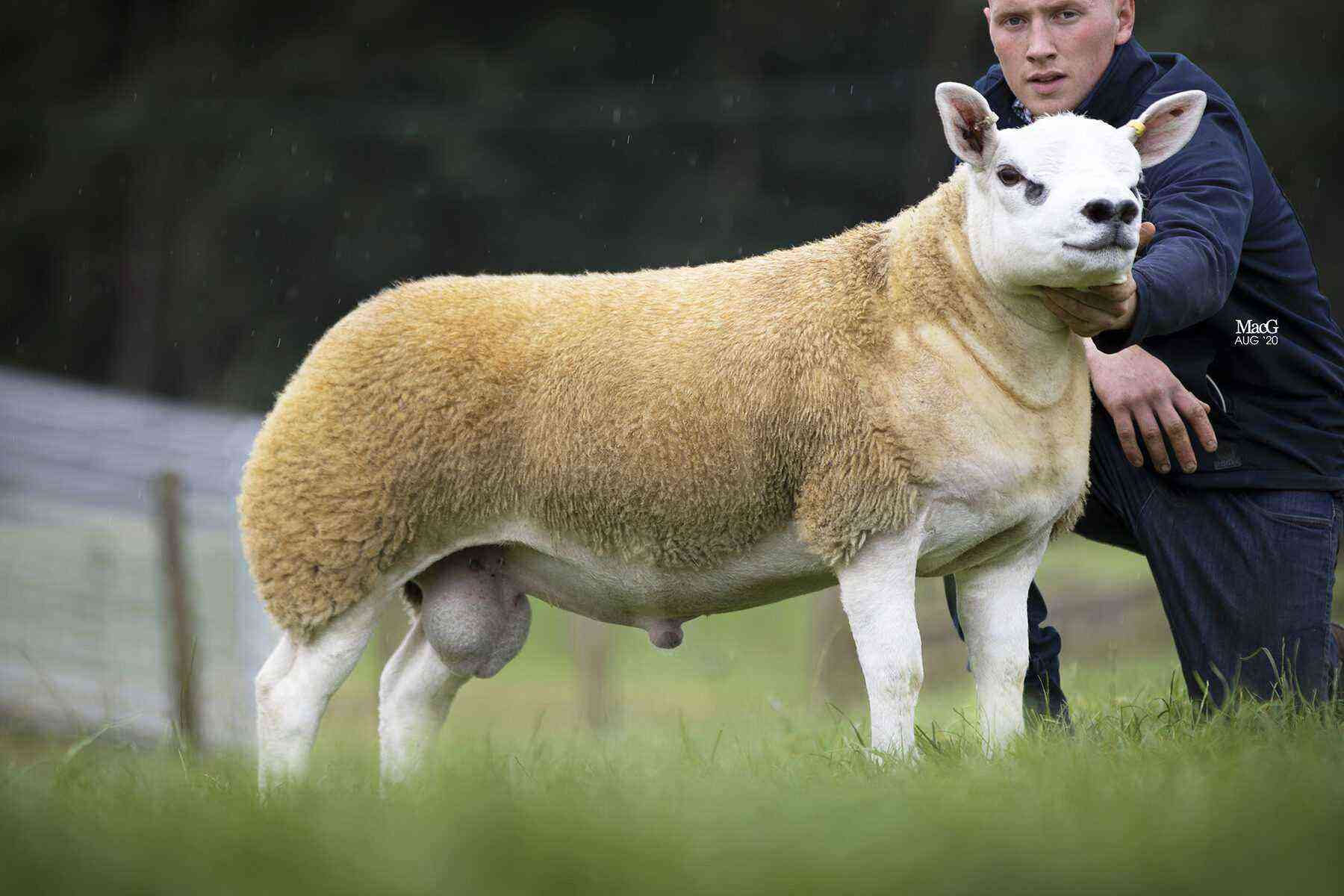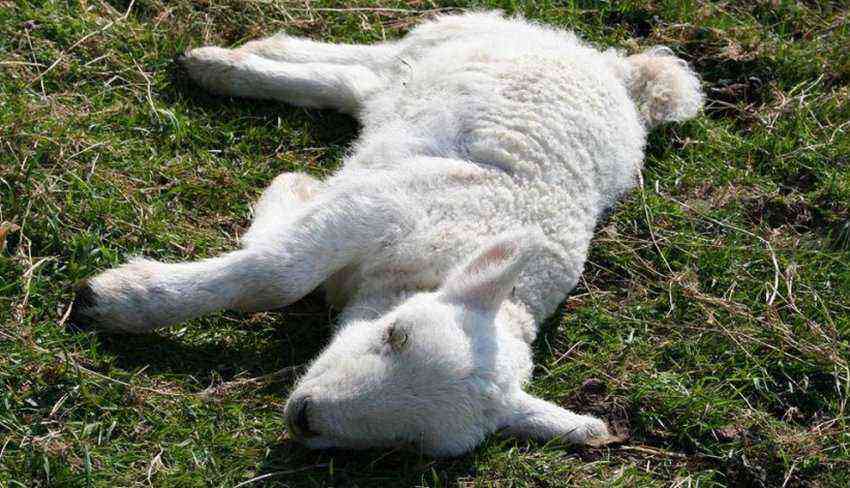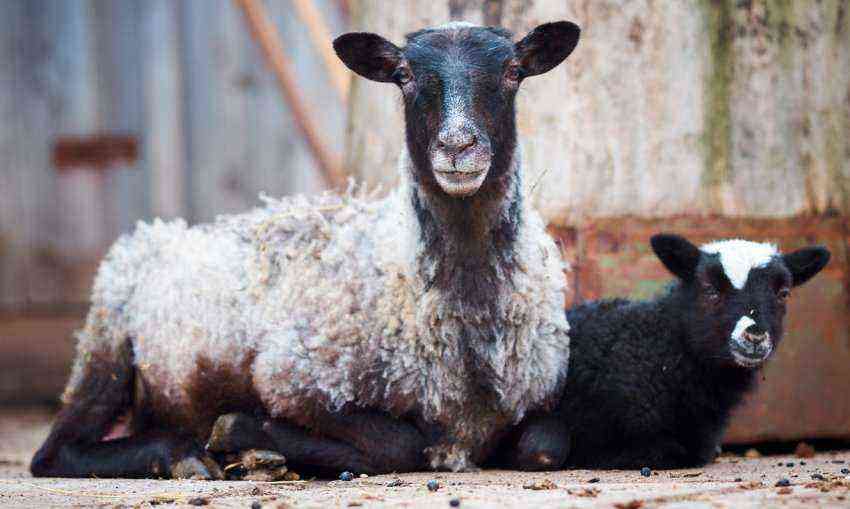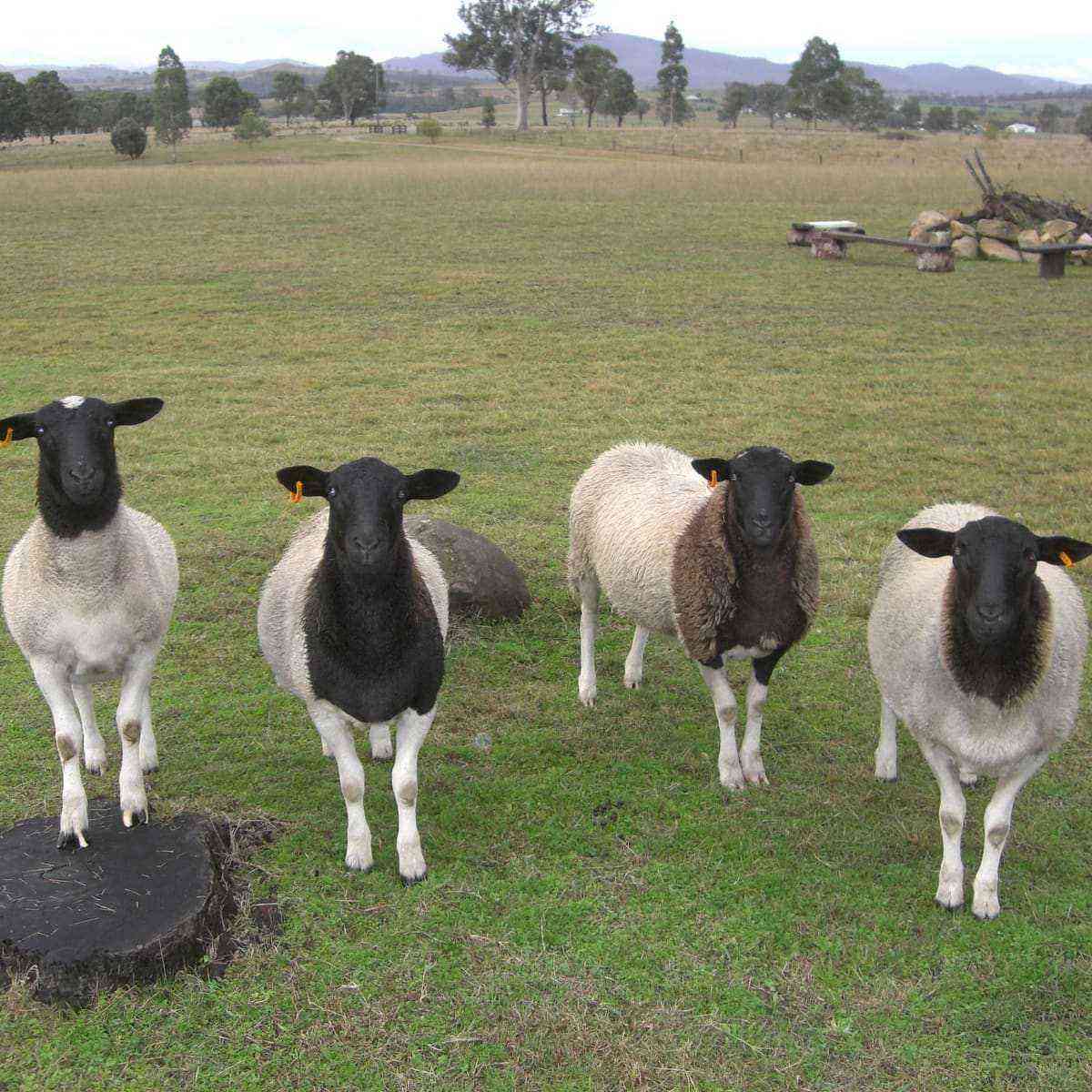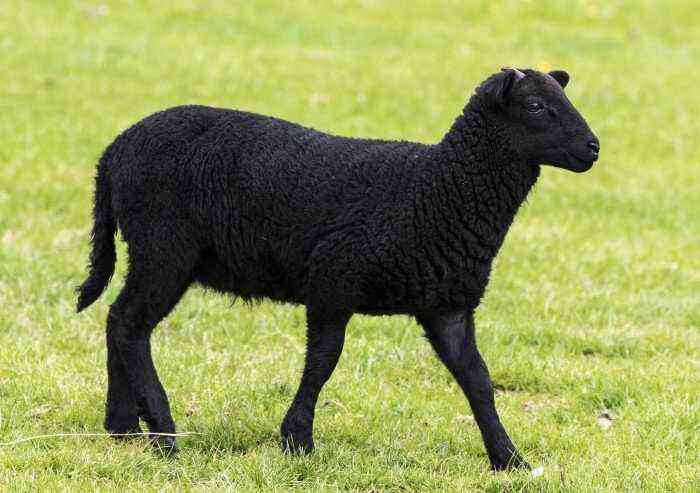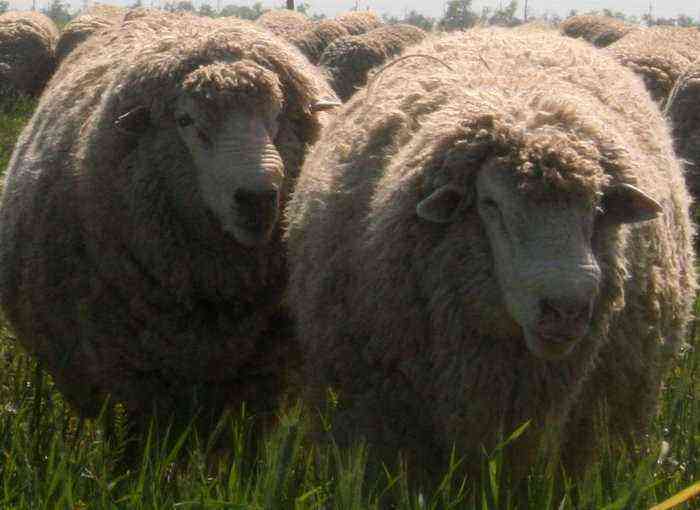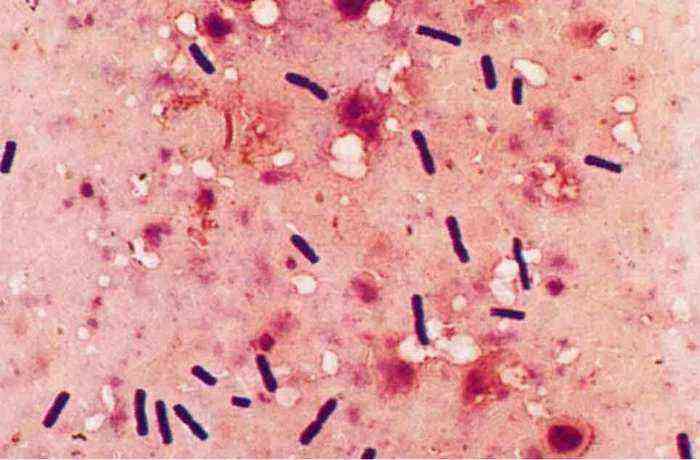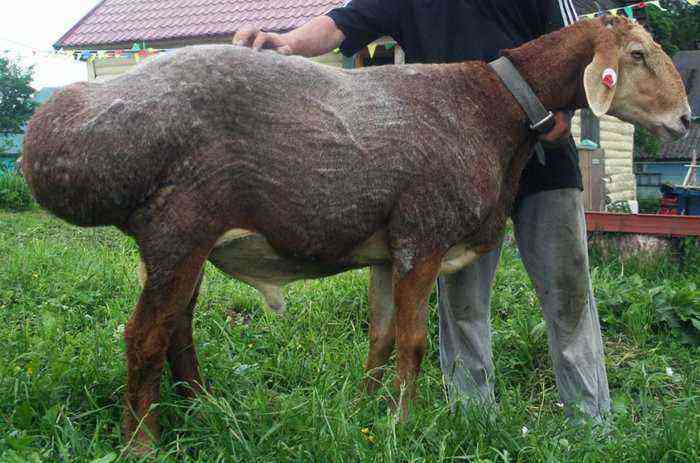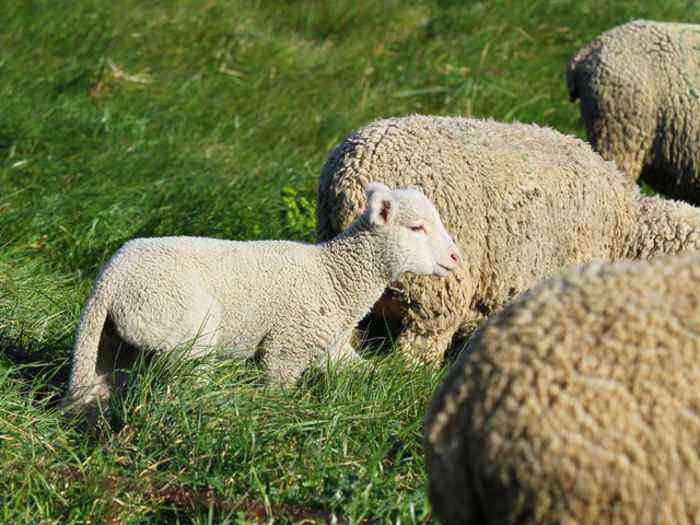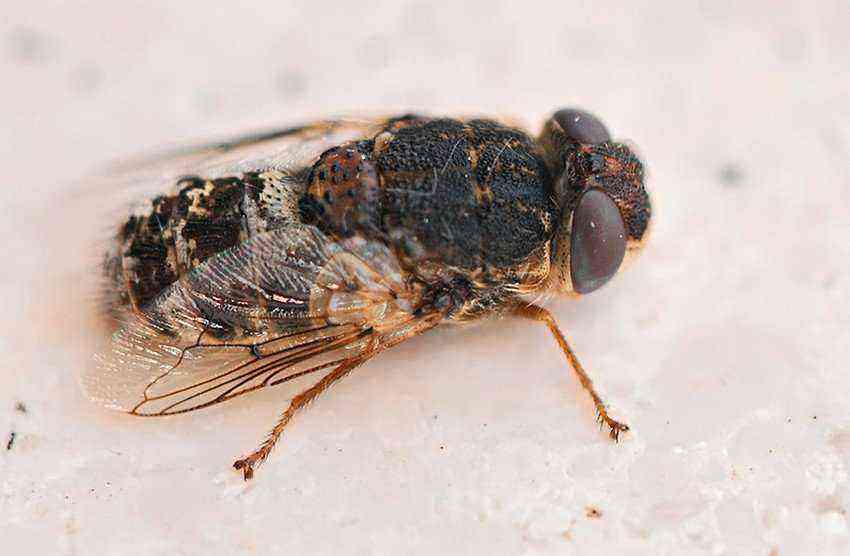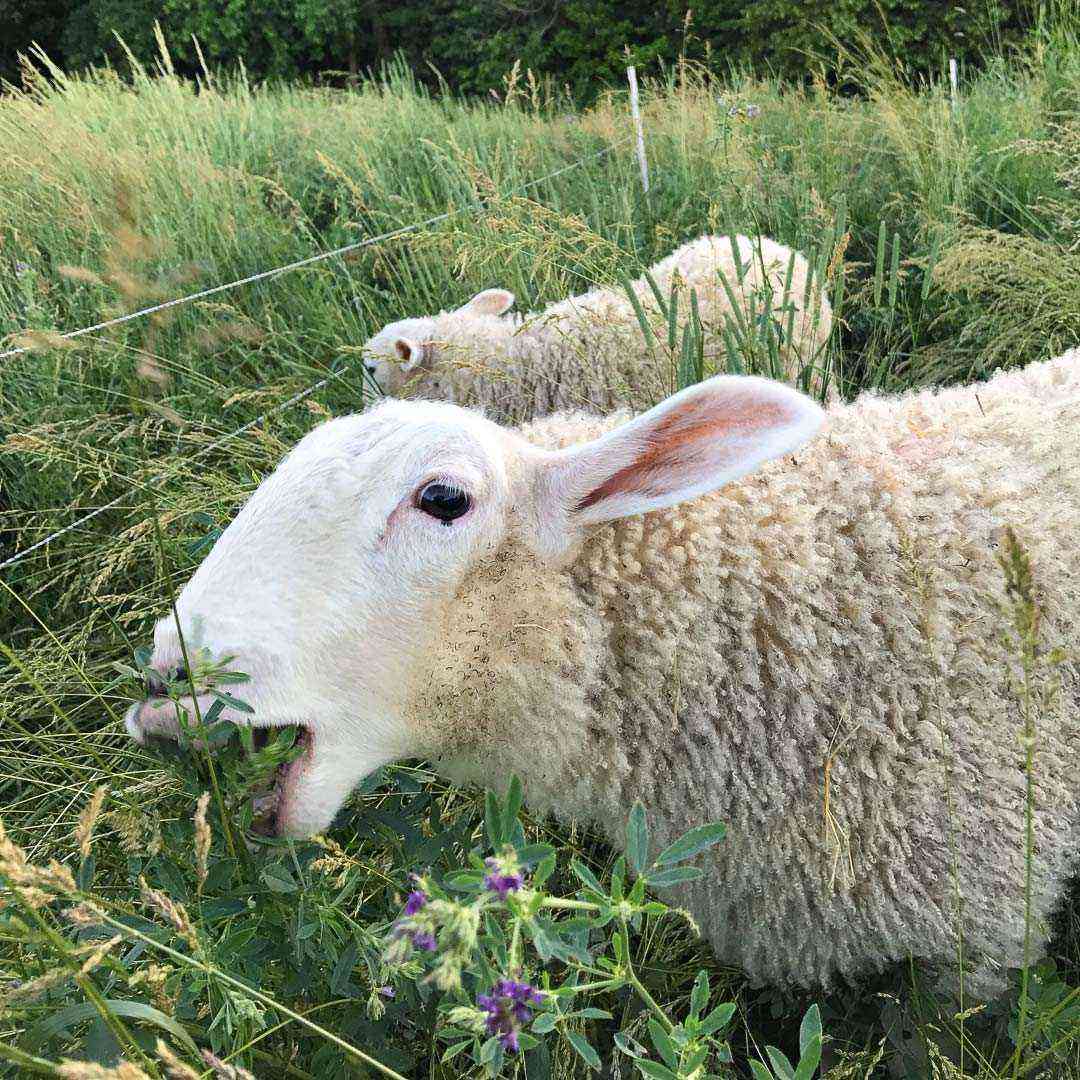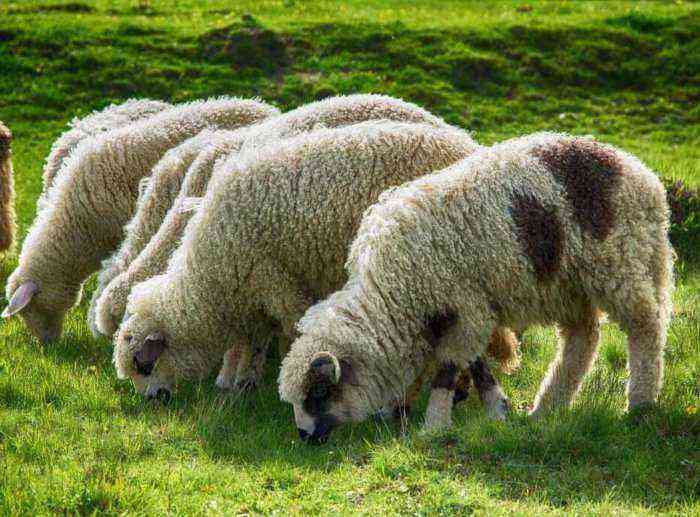Sheep breeding today is quite a promising and profitable area in the livestock business. There are many breeds of sheep, so in order to make a choice in favor of one of them, several important factors should be considered, including lamb weight. What aspects affect the net weight of the animal, and what conditions must be created for rapid growth – more in the article.
Factors affecting live weight
Modern sheep breeding is engaged in the cultivation of about 60 breeds of sheep of various types: meat and dairy, meat and lard, meat and wool, etc. Each of them is characterized by its own characteristics – the weight of the animal, size, productivity. The mass of a sheep will directly depend on its belonging to the corresponding breeding type. For example, representatives of dwarf breeds rarely reach a weight of more than 20 kg, and giant rams of the meat Hissar breed can gain weight over 200 kg. That is why, in order to obtain a large amount of meat, farmers prefer meat and lard.
In addition to breed, live weight is influenced by such aspects:
- Age. Sheep reach their peak mass at the age of 4 years – this despite the fact that they can be slaughtered from 4 months. A four-month-old lamb weighs about 30 kg, although a one-year-old lamb is gaining 90% of the total mass of an adult animal.
- gender. An animal of this type is dominated by pronounced sexual dimorphism – differences in the characteristics of male and female individuals. As a rule, the body weight of males significantly exceeds the weight of sheep, while the difference is over 40–60 kg.
- Conditions of detention. Of course, it is possible to grow a strong, healthy, weighty animal only if it is provided with comfortable living conditions and a balanced diet in terms of vitamins and minerals. High-quality, nutrient-rich feed and regular veterinary control contribute to the rapid weight gain of lambs.
Weight of an adult ram of various breeds
As already noted, the mass of an adult ram will depend on the animal’s breeding affiliation. There are several directions of sheep, which are characterized by the volume of meat obtained: meat-greasy, wool, fine-fleeced and dwarf type.
Did you know? There are about 600 breeds of sheep in the world today. Scientists claim that for the first time they began to domesticate animals on the territory of modern Turkey, more than 6-7 thousand years ago.
Fat tail breeds (meat-greasy)
Fat tail breeds are considered leaders in weight gain. Males are able to increase their weight up to 120-190 kg, females – about 80 kg. Representatives of fat-tailed varieties are Hissar, Jaidara, Kalmyk and Edylbaev. Rams and sheep are characterized by high endurance, strong physique, speed in fattening and ease of maintenance. Animals with fat tail perfectly retain their condition, even with insufficient nutrition.
The main purpose of raising meat and tallow sheep is to obtain valuable and nutritious meat, milk and lard. But the wool of such animals is suitable only for felt production, since its structure is very thick and tough.
Fur coat sheep
Fur coat sheep, represented by the Romanov, Karakulev and Kulunda breeds, have a large, strong constitution and are able to gain weight up to 100 kg. Females of the breed are slightly smaller and weigh up to 70 kg. Fur coat varieties of sheep are grown to obtain high-quality, valuable sheepskin, which is used for the production of outerwear, in particular fur coats, sheepskin coats, etc.
Sheepskin, obtained from sheep of the fur coat direction, is distinguished by high heat-saving functions, lightness, ease of care and excellent aesthetic appearance.
Important! Karakul is considered the best, elite among all types of sheepskin.
Fine-wooled rams
At the moment, the most valuable breeds of sheep are considered to be fine-fleeced, which combine the following varieties: prekos, Soviet and Australian merino, salskaya, rambouillet. The main pride of animals is their wool, which has a very delicate, thin, uniform structure, since it consists exclusively of fluff.
Sheep of the fine-fleece type are characterized by high endurance and excellent adaptation to environmental conditions. The live weight of males is 60-80 kg, of queens – 45-50 kg. In terms of weight characteristics, fine-wooled animals are significantly inferior to other breeds.
Dwarf breeds
A distinctive feature of such sheep is their small size. The growth of males at the withers does not exceed 50 cm, and females – no more than 45 cm. As for weight categories, rams reach a mass of 20–22 kg, sheep rarely exceed 16 kg.
Despite their small size, the described animals bring their owners profit from the sale of wool, milk and delicious dietary meat.
Dwarf sheep are considered the hardiest in the world. They are not capricious in care, undemanding in food, perfectly adapt to environmental conditions.
Weight after cutting
When assessing the live weight of a ram, one must take into account the fact that after slaughter, carcass cutting, separation of the head and limbs, the percentage of net meat yield will be significantly lower. The slaughter yield of sheep will also depend on the breeding variety. For example, in meat breeds it will be higher than in fur coats.
fat deposits
With age, sheep begin to build up not only muscle, but also adipose tissue. At the same time, the deposition of fat in sheep has a characteristic pattern: first, the organs of the inside are overgrown with fat – the liver, intestines, kidneys; further subcutaneous fat is formed – on the lower back, brisket, under the tail; later, intermuscular deposits form, and at the very end, a fatty layer appears inside the muscles
Thus, the deposition of fat in sheep is formed in the form of internal, subcutaneous, intermuscular and intramuscular layers.
Different breeds of animals have different intensity of fat fouling, the percentage of its localization in certain areas is also different. In varieties of the wool type, fat mainly accumulates on the internal organs.
In meat breeds, fat deposits are equally divided between the muscles, due to which the cooked meat becomes extremely juicy and tender.
The optimal fat content in a sheep carcass is considered to be about 25%, of which ½ falls on subcutaneous fat, at least 9% on intermuscular and 2% on kidney fat.
meat yield
Usually, after all the procedures – butchering the carcass of an animal, skinning, separating the head and limbs, bleeding, – the mass, that is, the slaughter yield, is reduced by 40-50% of the total weight.
Important! The yellow tint of fat indicates the great age of the animal.
In addition, additional weight loss is observed due to the subsequent evisceration of the carcass, in which:
- remove bone tissue, which is 25–30%;
- cartilage, veins, tendons, kidneys are removed, on which about 4-5% of the carcass falls.
Summing up all the above data, it can be noted that the output of muscle mass is about 64-70% of the original carcass weight. For example, if a ram weighed about 100 kg, then the slaughter yield reaches approximately: 100 kg × 40% = 40 kg. After cutting the carcass, the farmer will receive a net weight: 40 kg × 64% = 25,6 kg.
Offal yield
In addition to fat deposits and pure meat, when cutting carcasses, the yield of offal is taken into account – the edible parts of the inside and head.
All by-products are divided into several groups:
- fleshy, which include the tongue, liver, lungs, kidneys, meat trimmings, diaphragm, trachea with throat, spleen, brains, udder;
- mucous membranes, which include a scar, summer;
- woolly, to which the head should be attributed.
Also, all by-products are classified into categories:
- Category I – liver, tongue, heart, diaphragm, kidneys, brains, udder;
- Category II – lungs, trachea, spleen, scar, head without brains and tongue, legs.
The total yield of by-products is on average 9,5%, including products of the first category – 3,2%.
Weight gain rate
One of the advantages of breeding sheep is the high rate of weight gain. With proper, balanced nutrition, animals can gain 300–500 g of weight per day.. Young rams have the highest growth rates. The record holders in the rate of growth are representatives of the Texel and Dorper breed, which can give a daily increase of 600 g.
It should be noted that a one-year-old lamb has the same weight as an adult animal. The thing is that it is in the first year of life that he gains over 80% of his total body weight.
Conditions for rapid growth
Strong, completely healthy young males are chosen for fattening. After weaning from the uterus, they are transferred to grazing in places rich in herbs.
To achieve maximum growth, you should also follow a few very important recommendations:
- provide the animal with a complete, balanced feed with a predominance of oats, meadow grasses, barley, bran;
- at the age of six months, castrate a ram, which, firstly, will relieve the mutton of a specific unpleasant odor, and secondly, will enable the animal to gain weight much faster;
- supplement the diet with a mineral-vitamin complex, for example, slimes;
- provide sheep with enough water;
- carry out an early beating of lambs from their mothers;
- keep animals clean and sanitary, which helps to prevent the development of various diseases;
- carry out regular veterinary examinations.
By following the simple rules described above, a farmer can significantly increase the productivity of sheep and speed up weight gain.
How much does a one-year-old ram weigh, and how to calculate its weight
Upon reaching one year of life, the growth of sheep stops, and they reach the weight of an adult. Usually, the weight of a ram after 12 months of fattening is 85–100 kg. If the purpose of breeding sheep is to obtain meat, then it is not advisable to keep them for more than a year. In most cases, individuals at the age of 8–10 months are allowed into the slaughter.
To obtain very tender, dietary meat, lambs are slaughtered when they reach 4 months.
You can calculate the mass of a one-year-old ram by comparing standard representatives of different varieties. To compare sheep, they must be weighed.
Wherein:
- rams are weighed before morning feeding;
- every kilogram for an adult and every 500 g for lambs are taken into account;
- activities are carried out regularly.
Did you know? The People’s Republic of China is considered the leader in raising sheep, where about 140 million animals are kept. The second place belongs to Australia, the third – to India, where the livestock is estimated at 100 and 60 million, respectively.
Measures for weighing sheep are carried out in special pens with scales that allow you to securely fix the animal.
The economic efficiency of sheep breeding will largely depend on the mass of animals. The yield of meat products, which remains after cutting the carcass, is significantly less than the live weight of the animal. Diet has a special effect on growth rates, so experts recommend providing sheep with meadow herbs, including vitamins and minerals required for full growth and development in the daily menu.
